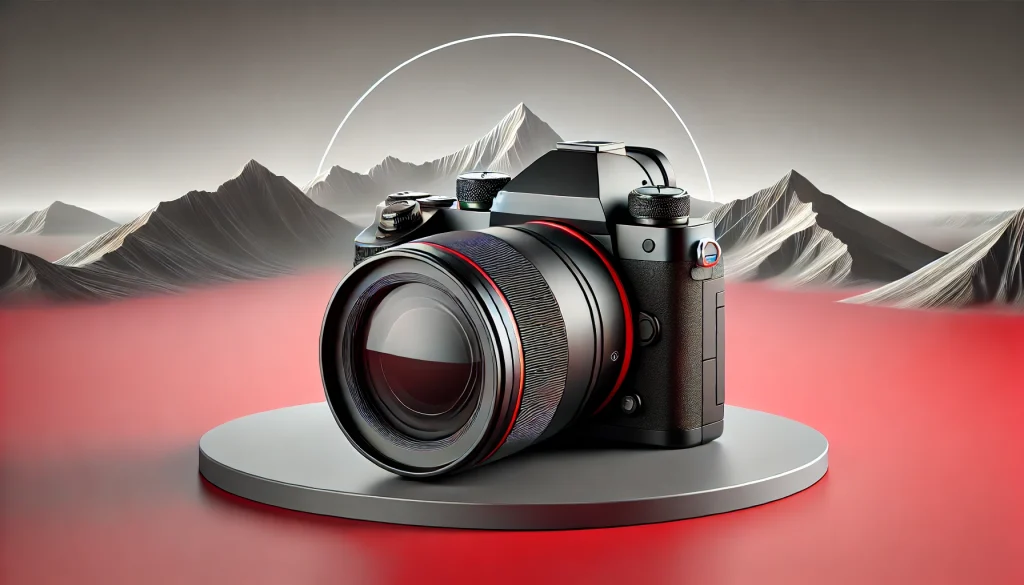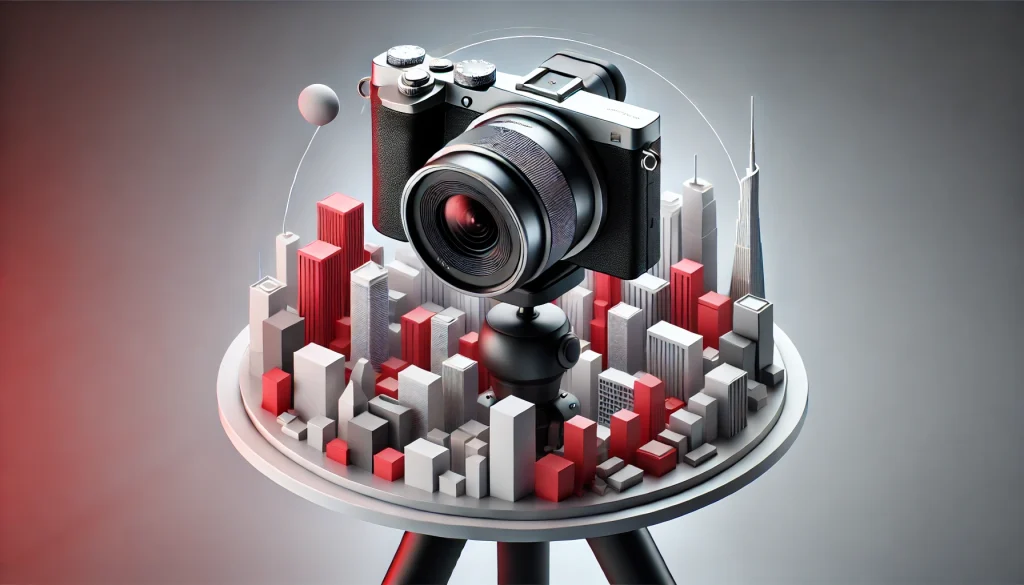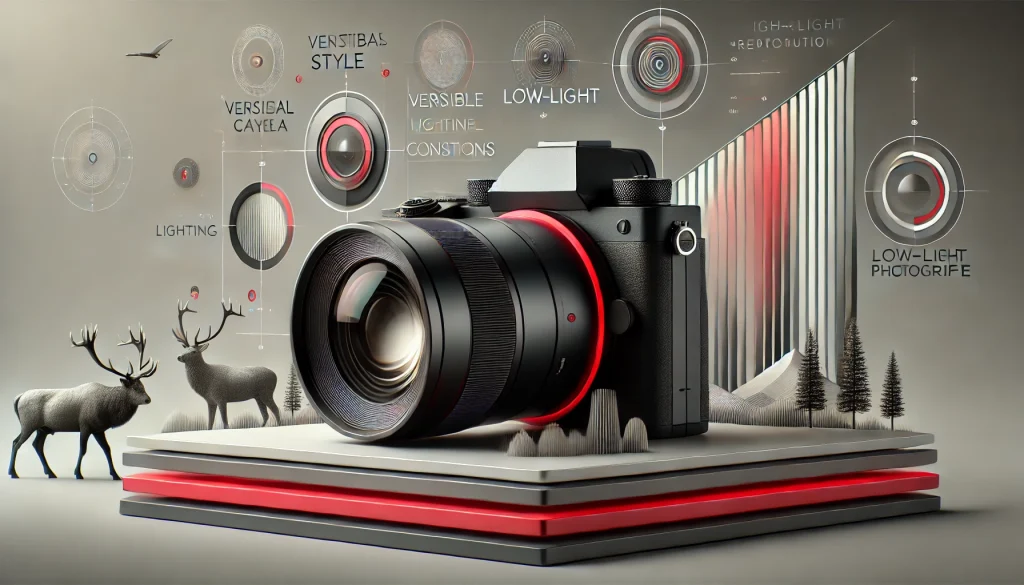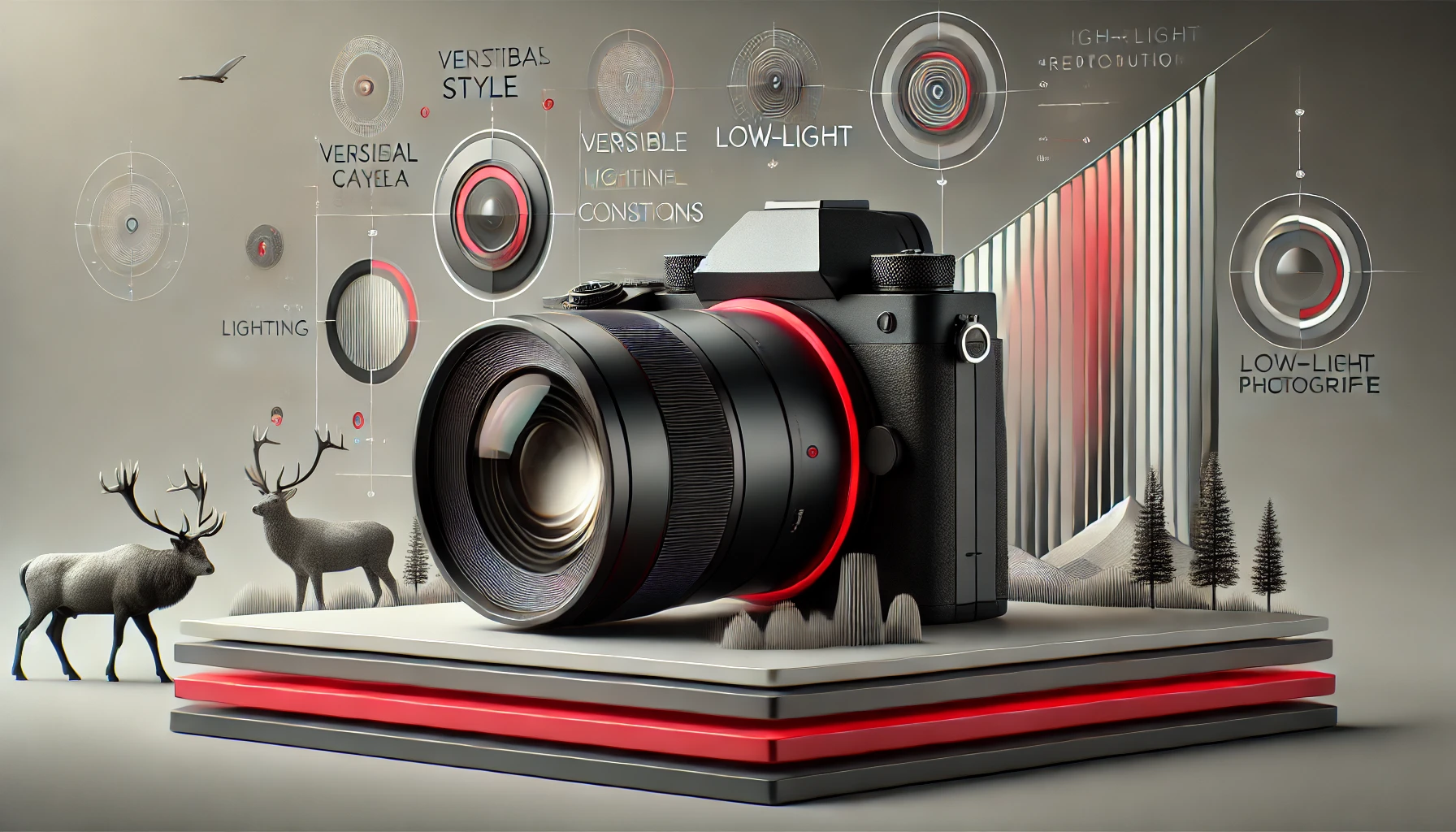
Photography is a wonderful way to capture the world through your unique perspective, and having the right camera can make all the difference. Whether you’re a beginner looking to get started or a seasoned professional ready to upgrade, choosing the best camera for photography can seem overwhelming. With countless models from Canon, Sony, and other top brands, it’s important to understand what features best suit your photography needs. In this blog, we’ll explore how to choose the best camera for photography, guiding you through the essential steps to make a confident purchase.
Materials or Tools Needed
Before diving into the selection process, here are a few tools and prerequisites you’ll need to get started:
- Basic knowledge of photography (e.g., exposure, aperture, shutter speed)
- A budget in mind (cameras can range widely in price)
- Understanding of the type of photography you wish to pursue (landscape, portrait, wildlife, etc.)
- Internet access to research product reviews and comparison sites, such as Amateur Photographer’s guide.
Step-by-Step Instructions

1. Determine Your Photography Goals
The first step in selecting the best camera for photography is determining what kind of photography you plan to do. Are you interested in portraits, landscapes, or wildlife? Your goals will heavily influence your camera choice. For example, a portrait photographer may prioritize a camera with a high-quality lens for sharp focus, while a wildlife photographer might prefer a camera with fast autofocus and a long zoom range.
2. Decide Between DSLR, Mirrorless, or Compact
Once you’ve outlined your photography goals, it’s time to choose between a DSLR, mirrorless, or compact camera. DSLRs (Digital Single-Lens Reflex) are known for their durability, wide range of lenses, and high-quality optical viewfinders. Mirrorless cameras have grown popular for their lighter weight, electronic viewfinders, and advanced video capabilities. Compact cameras are perfect for beginners who want simplicity, though they often have fewer features. Digital Camera World is a great resource to compare these options.
3. Set a Budget
Photography can be an expensive hobby, so knowing your budget is key. Whether you’re opting for a Canon DSLR or a Sony mirrorless, cameras range from a few hundred dollars to several thousand. Beginners may want to start with an affordable entry-level model and upgrade later, while professionals should consider investing in higher-end equipment with better performance and longevity.
4. Review Camera Specifications
This is where it gets technical. Compare specifications like:
- Sensor size: Full-frame sensors capture more detail and perform better in low light than crop sensors.
- Megapixels: While high megapixels are great for enlarging photos, they’re not the only factor in quality.
- Autofocus: Faster and more accurate autofocus is essential for action shots or wildlife photography.
- Battery life: Some cameras are better for long shoots, while others may need frequent recharging. Using review sites like RTings Camera Reviews can help you break down these technical aspects.
5. Test Ergonomics and Handling
No matter how advanced a camera is, it must feel comfortable in your hands. Visit a local camera store to test models before you buy. Consider how easy it is to access buttons, navigate menus, and adjust settings on the fly. A camera that feels right will allow you to focus more on the creative process rather than fiddling with controls.
6. Choose Your Lens
A camera is only as good as its lens, and choosing the right one depends on your photography goals. Beginners may want to start with a versatile kit lens, but professionals often invest in specialized lenses for different scenarios. Canon and Sony both offer a wide range of high-quality lenses. From prime lenses for stunning portraits to zoom lenses for capturing distant subjects, your lens choice will directly impact image quality.
Do’s and Don’ts

Do’s:
- Do research thoroughly. Before purchasing, read multiple reviews from trusted sources like TechRadar and Trusted Reviews. Compare features, prices, and feedback from photographers with similar interests.
- Do prioritize image quality. Cameras with larger sensors and higher dynamic range produce better-quality images, even with fewer megapixels.
- Do test before you buy. Try out cameras in person to check for comfort and ease of use. What works for someone else may not work for you.
Don’ts:
- Don’t overspend on unnecessary features. If you’re a beginner, you probably won’t need the advanced features found in professional models. Start simple and upgrade as your skills develop.
- Don’t forget about the accessories. Budget for extras like memory cards, tripods, and external flashes. A good camera bag is also essential for protection and ease of transport.
- Don’t ignore the importance of lenses. The lens often makes a bigger difference in image quality than the camera body. Choose a high-quality lens that fits your style of photography.
Conclusion
Choosing the best camera for photography comes down to understanding your goals, budget, and the features that will best serve your needs. Whether you’re a beginner looking for a simple compact camera or a professional ready to invest in a high-end mirrorless model, taking the time to research and test cameras will ensure that you find the perfect fit. Now that you know the steps, dive into your photography journey with confidence!
FAQ
What is the best camera for beginners?
The Canon EOS Rebel T7 and Sony Alpha a6000 are popular choices for beginners due to their ease of use, affordability, and quality results.
Which camera brand is better, Canon or Sony?
Both brands offer high-quality cameras. Canon is often preferred for DSLRs, while Sony leads the mirrorless market. Your choice depends on your needs and preferences.
Do more megapixels mean better photos?
Not necessarily. While more megapixels allow for larger prints and more cropping, factors like sensor size and lens quality have a bigger impact on image quality.
Resources
- Amateur Photographer Buying Advice. Best Cameras for Photography.
- Digital Camera World Buying Guide. The Best Camera.
- RTings Camera Reviews. Best Cameras for Photography.
- TechRadar. Best Camera.
- Trusted Reviews. Best Cameras.

Brijesh Gohil is the founder of Tech Brij, A popular Tech Blog which is focused on Tech tips & Buying Guides. You can follow him on Facebook, Twitter, Google + & LinkedIn.

